Gaining visibility for your brand in a growing sea of international competitors is no small feat. For furniture companies, this fact is even more apparent.
With a wealth of options to choose from
Keeping up with the competition comes down to consistently offering purchasers what they’re looking for. Unfortunately, presenting an ever-expanding catalog of wares can quickly morph from a mundane routine to a herculean task. This is precisely where the use of 3D modeling services comes into the picture.
Photorealistic rendering provides an efficient and cost-effective means of mass-marketing your furniture company’s products at all stages of development.
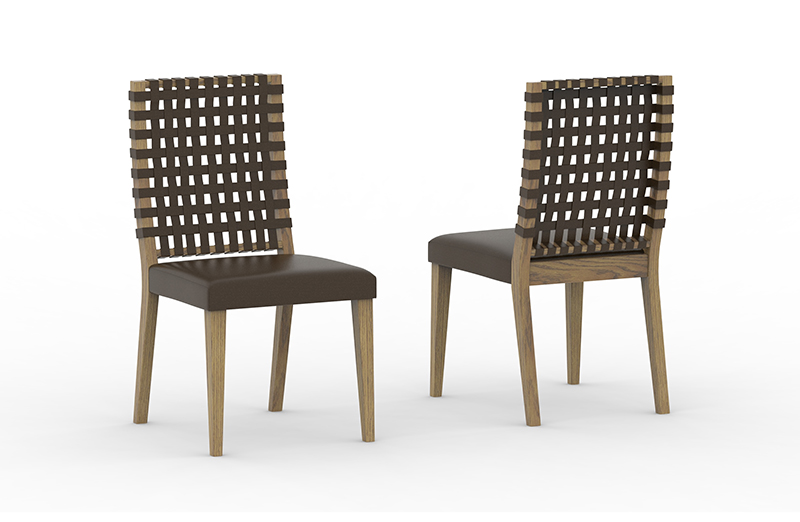
Photorealistic rendering is a course worth considering, and it can make the difference between gathering a broader customer base and sinking beneath the market’s surface. Read on to discover just what photorealistic rendering is and 15 fantastic reasons to use such technology in your business plan.
What Is Photorealistic Rendering?
What It Is
Unbiased rendering is entirely loyal to reality. Its primary aim as an illustration approach is to introduce as few technical errors in the final visual product as possible. Photorealistic rendering is similar in intent though decidedly laxer.
Photorealistic rendering need not be handled through unbiased renderers to yield an impressive result. Biased renderers can create superb results faster by focusing on the elements of an image that a viewer is most likely to look at and leaving out the rest.
Thus, creating compelling product visuals can be handled relatively quickly as needed.
An algorithmic method of representing light in a realistic way known as ‘path tracing’ helps designers to produce incredibly complex visuals with surprisingly lifelike looks, even enough to convince consumers to place purchases.
Realistic Shapes
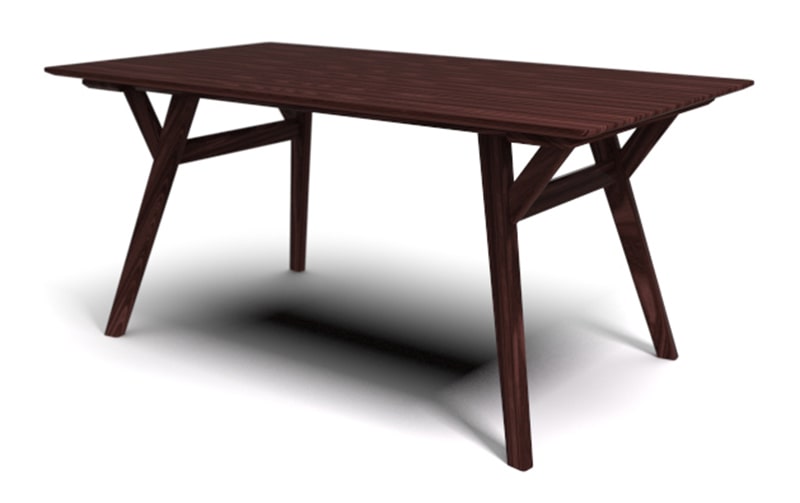
Custom shapes and forms make photorealistic rendering limitlessly versatile when depicting products. Precise edge bevelling and other technical approaches yield compelling 3D shapes.
Scaled Sizing
Appropriate scaling is integral in photorealistic rendering to help create cohesive visuals. Items appear lifelike when positioned in a recognizable setting, with other products for reference.
Photogrammetry, producing accurate measurements from photographs combined with exact product designs, allows designers to create highly realistic images.
Accurate Lighting
Lighting is a huge factor in producing great imagery, but 3D photorealistic rendering relies even more on proper lighting to sell an image. Path tracing is one-way designers inject realistic light play into product images.
- Through physically based rendering or PBR techniques, designers can further depict the intricate interplay of light on a multitude of surfaces without noticeably sacrificing realism.
- Nearly unlimited ray bounces and complex caustics handling in modern renderers make even the most crowded scenes come alive with convincing light.
Convincing Textures
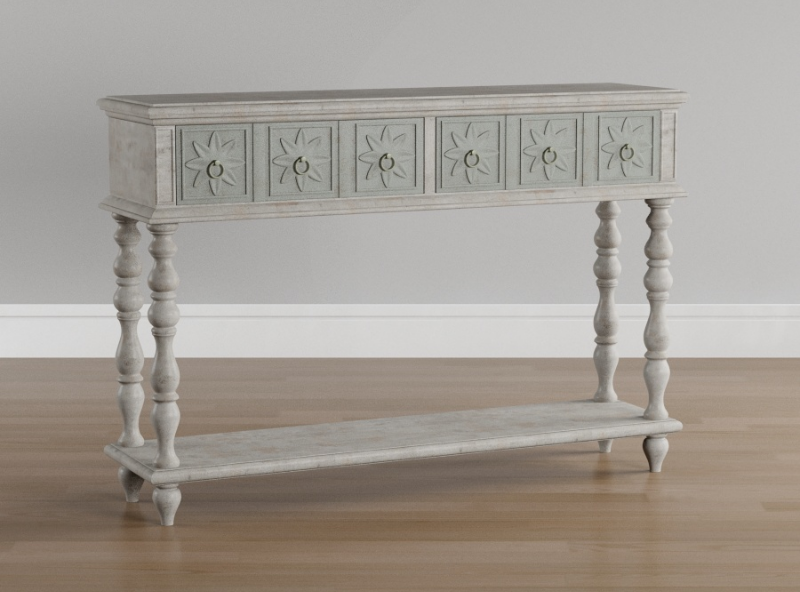
At this point, all textures are available to designers in the 3D rendering process. Wood grains, metal, stone, and fabric can be depicted in detail with little difficulty. Imperfections are often added on purpose to further the lifelike look, as are effects like bokeh, the blur around items in focus in photographs.
What It Isn’t
Non-photorealistic rendering, or NPR, is more concerned with expression than lifelike accuracy. Such rendering processes include all forms of experimental animation and so-called ‘toon-shading,’ etc.
Photorealistic 3D renders are meant to appear real more than intended to appear artistic. Of course, that is not to say that they can’t be artistic; instead, their primary focus is on portraying things as accurately and realistically as possible. NPR refers to anything less concerned with reality in its final result.
Reasons to Use 3D Photorealistic Rendering at Your Furniture Company
3D photorealistic rendering poses serious advantages for any company, but those it presents to furniture businesses are particularly appealing.
For New Businesses
Budding businesses entering the furniture industry need all the help they can get to claim their share of market sales. Photorealistic 3D rendering can assist in such a goal by various means.
1. Your Company Needs a Portfolio
Being the fresh face in the industry can be especially tough when it comes to appealing to consumers amid other brands with years of products to back up their names.
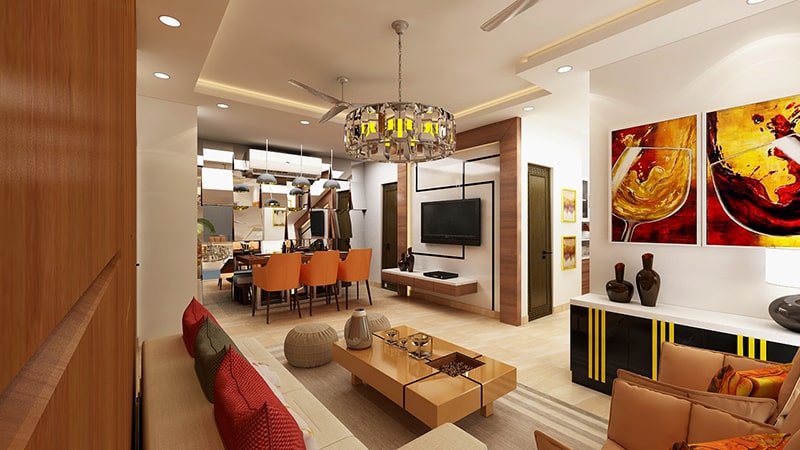
Building a portfolio takes time, but you won’t need to wait on product photo shoots, business expansion, and sufficient sales to develop your own if you go the 3D photorealism route. Designers can work off blueprints and guidelines to create stunning product visuals with relatively low overhead costs.
2. Your Products Have Not Yet Been Produced
With the help of 3D rendering, entire product lines can be depicted before they’ve even entered production. This allows your company to focus production resources on product models that generate the most interest instead of building warehouses worth of products to see what sticks.
Testing market demand is no small feat, and doing so cheaply is impossible without the clever use of 3D photorealistic rendering. Your company can quickly gauge whether or not a piece of furniture will work out well with consumers before doling out cash to create a physical line of products by employing this design approach.
3. Your Company Needs to Stand Out
Setting a growing company apart from the pack comes down to producing advertising material and an overarching customer experience that garners and keeps consumer interest. Rendering your product lines helps achieve this primarily through storytelling.
As it pertains to any brand, storytelling involves intertwining emotional content, such as values and aesthetics, into promotional material. With 3D rendering, your company can craft detailed depictions that do this and more.
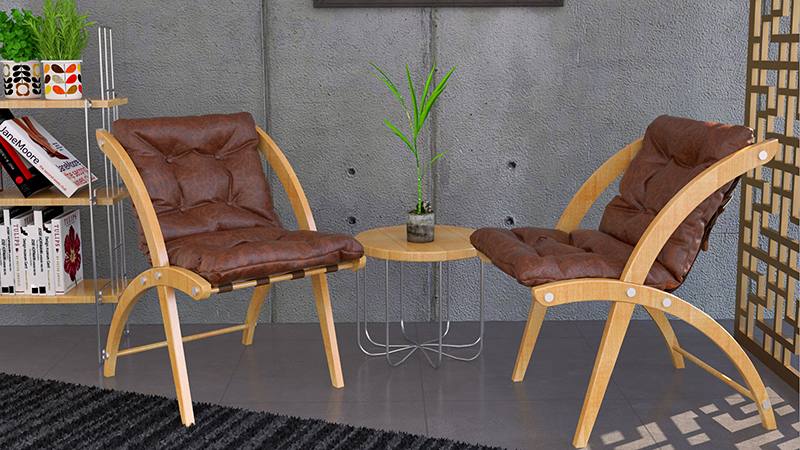
Incorporating recognizable details from everyday life refocuses buyers’ attention on the applicability of your products in their own lives. Bright lighting can induce just the right mood in prospective purchasers. A feature-benefit approach to visual concepts creates a clearly illustrated use case for customers considering acquiring a product.
4. Visuals Can Be Refined Repeatedly
Working with shifting trends and multifaceted market interests can tax any business’s advertising budget. 3D rendering reduces this effect by allowing multiple hassle-free iterations of the same product’s imagery to be completed.
New companies can experience multiple shifts in approach as they solidify their stance in a given niche. Photorealistic rendering makes it easy to correct course midway through a campaign to better appeal to your customers, switching settings, colors, and lighting for the perfect effect.
Reusable assets take this concept further, including almost any item or prop in your company’s visuals. Once developed, 3D assets can be included wherever you see fit. This way, multiple ideas can make compelling appearances in a single scene.
5. Better Prototyping
Prototypes are an essential part of the product development process, but they don’t necessarily need to be physically constructed to be improved upon. Custom 3D designs allow businesses to test products in real-world settings without creating items and composing scenes for this sole purpose.
6. Augmented Reality Advertising
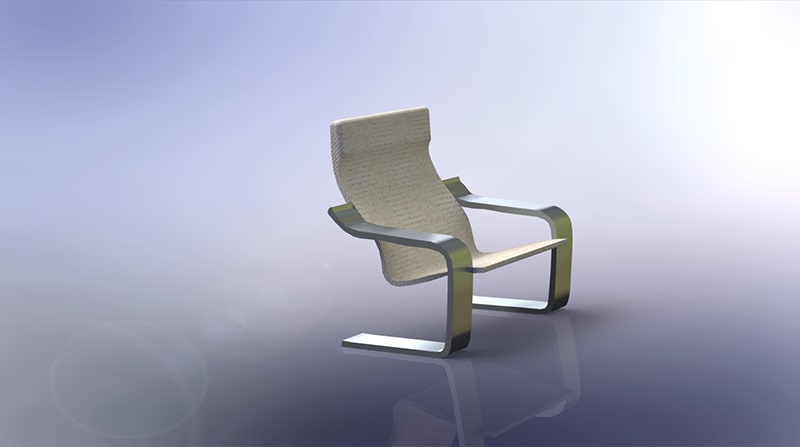
As consumers embrace online outlets for shopping, the use of augmented reality or AR technology to visualize potential purchases before they are placed has grown in relative importance. Businesses in the furniture industry can take advantage of this innovative advertising format to more effectively accommodate users’ needs.
SaaS options like ‘Augment’ provide AR functionality for E-commerce companies, allowing their customers to visualize products like furniture in their homes and offices. With 3D rendered product depictions, taking advantage of this approach is as easy as uploading completed models for consumers.
For Established Businesses
Businesses that have been functioning for a while can also find plenty of use in 3D photorealistic rendering. Optimizing advertising efforts and streamlining design processes can produce worthwhile results for any business’s bottom line.
7. Cutting Campaign Costs
The prohibitive costs associated with generating ad campaign product visuals can keep even established companies from expanding their marketing efforts effectively. Cutting costs across the board may be possible using 3D photorealistic rendering.
Your company won’t require multiple physical prototypes to be built, stored, and transported for photoshoots, so various color and material variations can be digitally modeled for minimal additional costs. Photographers and physical studios won’t be necessary either.
Instead, at a fraction of the cost, 3D designers or a 3D rendering company can create
8. Generating More Effective Imagery
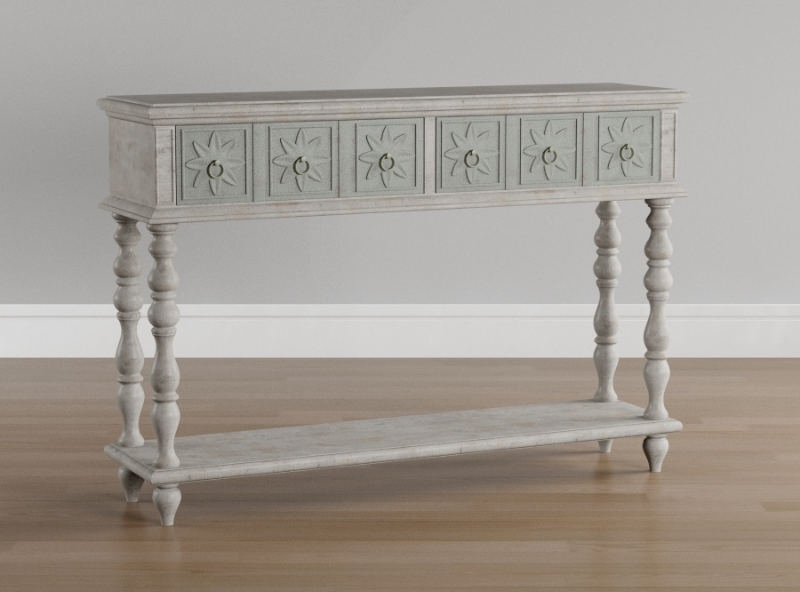
Creative approaches to marketing imagery often make for the most effective campaigns, generating high consumer interest through compelling, eye-catching visuals. This is significantly easier to do with 3D photorealistic rendering than traditional photography.
Creating otherworldly scenes and widely varied settings might not be possible with standard photography, but the possibilities for 3D designers are endless.
Accommodating separate demographics is of the utmost importance for advertising campaigns. It can arguably be handled much better through the use of rendered designs than any other method when it comes to furniture.
For buyers who value clarity and concision, a clear product image with a white background works wonders, whereas others may respond more favorably to images featuring familiar settings. Why settle for one or the other when you can just as easily use both?
9. Allowing for Pre-Purchase Custom Visualization
Providing potential purchasers with as many visualization options as possible might be a pivotal part of your company’s sales process. If so, ensuring customers can see the same furniture item in separate settings and material options ahead of time ensures they can determine if it suits their needs before they buy.
Photorealistic rendering to place products in various scenes and settings makes this much easier and more cost effective than traditional product photography.
10. Depicting Material Quality Accurately
Advanced texturing techniques provide 3D designers with a wealth of options for portraying delicate and luxury materials in incredible detail. Most of these techniques are variations on texture mapping, such as height mapping, reflection mapping, and bump mapping.
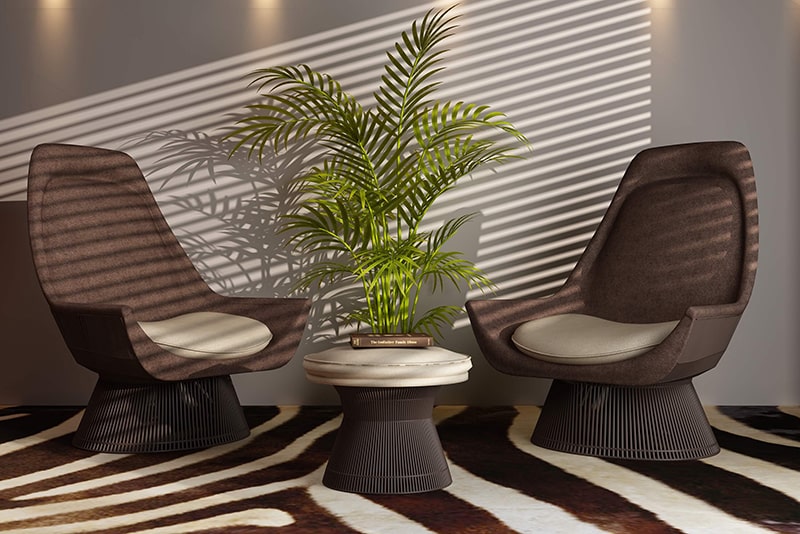
Bump maps provide detail enhancement in the forms of nooks and crannies for light calculations to consider in rendering 3D images. Using bump maps, 3D designers can highlight things like the inviting textures of carpet and cloth or the exceptional caliber of polished stone and reflective glass in your company’s products.
11. Cutting Visual Production Time
The time it takes for traditional product photography to be handled makes generating imagery for a large and growing catalog of products much more difficult than it is with 3D designs.
When prototypes have been fashioned, shipping has been completed, photos have been captured, and editing has been handled, entire weeks can elapse.
As we mentioned before, photorealistic renders of products can be created once and kept on file for further use in subsequent combinations and scenes. No new prototypes need to be made, nor will shipping and photoshoots have to occur. Working thusly, your visual production turnover rate can increase with time.
12. Improving Flexibility
Want to whip up some seasonal product pictures? That is as easy as loading preexisting models into a new scene when handled with 3D CAD design processes.
Need another angle of the same product in an image? Again, it’s as easy as rotating the model and saving the new picture.
Flexibility is always beneficial in business, and 3D product design provides the highest degree of flexibility currently available for consistent product image creation.
Additional Reasons
13. Reducing Manufacturing Errors
The extremely high accuracy of 3D photorealistic designs helps ensure all aspects of a product (even a product that has yet to be produced) are considered. Vivid detailing, scaled-to-life sizing, and clear material depiction make 3D renders an exceptional tool for your company’s manufacturing process.
Product designs can undergo early iteration rounds before being physically produced using CAD 3D models instead of actual prototypes. By the time the manufacturing process begins, individual products can be sufficiently refined and readied for production.
14. Creating Animated Advertising
Video content is easily among the most effective options available at present. Some say video content marketers acquire 66% more qualified leads yearly.
Unfortunately, traditionally produced video content can get pricey pretty quickly. 3D photorealistic rendering helps by providing excellent animation options well-suited for marketing purposes.
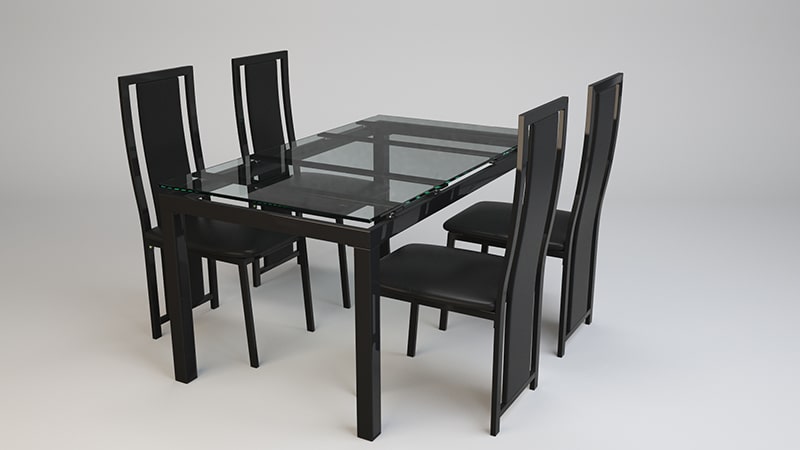
Your products can be rotated, broken down, and displayed in the perfect setting quickly and easily for a fraction of the cost of other forms of video content creation.
You can also introduce action shots to demonstrate functionality and everyday utility just as easily. This drastically improves your business’s ROI without noticeably impacting overall pricing per project.
15. Cross-Selling Other Items
The considerable difficulty of a traditional product photoshoot makes capturing just the right images for a single product hard enough, let alone multiple products at once. Photorealistic renders make the process a piece of cake, regardless of the composition.
Lifestyle pictures can contain various products placed naturally together, for instance, and additional elements can be added at any time to spruce up an existing scene.
The reasons detailed above are but a few of many for taking professional 3D photorealistic rendering into account for your furniture company’s needs.
Cad Crowd Has Freelance 3D Photorealistic Furniture Rendering Experts
Cad Crowd can provide your company with confidential design talent worldwide. CAD designers and 3D furniture rendering professionals at Cad Crowd are pre-vetted to ensure consistent quality and can work closely with your team to produce precisely what you’re looking for. Find out how it works.
If you’d like to get multiple design concepts from furniture rendering professionals worldwide, you can organize a design contest. Learn how to launch a design contest in less than 15 minutes.
